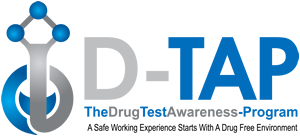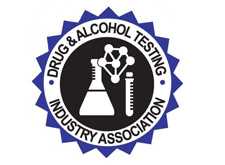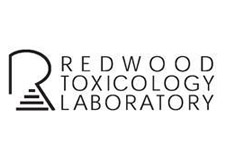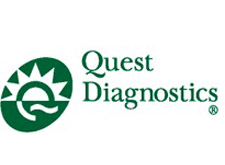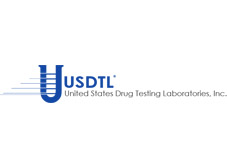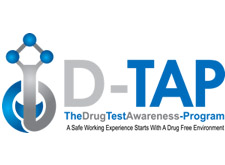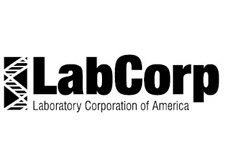Drugs and College Students and Student Athletes
Servicing Mizzou and National Universities and Colleges
Drugs Don’t Decide – You Make the Call
On-site Collection
Campus and Individual Testing
Instant Drug Test Supplies
Drug Detection Assessment
- Two out of five college students are binge drinkers (five or more drinks in one sitting).
- In 2001, approximately 44% of college students reported binge drinking.
- Approximately 6% of college students have been diagnosed as alcohol dependent and nearly one-third of students would be given an alcohol abuse diagnosis under psychiatric criteria.
- One out of every four college students who drink report having forgotten where they were or what they did while drinking during the school year.
- Surveys from colleges and universities across the country indicate percentages of students who used various other drugs within the past year: marijuana (32.3 percent); amphetamines (6.5 percent); hallucinogens (7.5 percent); cocaine (3.7 percent); and designer drugs such as Ecstasy (3.6 percent).
- A national study released in March 2010 points to marked upswings in the use of drugs that teens are likely to encounter at parties and in other social situations.
- Alcohol use in the past month by teens in grades 9-12 has grown by 11%
- Past year Ecstasy use shows a 67% increase
- Past year marijuana use shows a 19% increase
- The 2010 Key Findings of the Monitoring the Future Survey state:
- Nearly half (42%) of students have tried cigarettes by 12th grade and 19% of 12thgraders are current smokers.
- Nearly three quarters of students have consumed more than just a few sips of alcohol by the end of high school.
- More than half of 12th graders and one sixth of 8th graders in 2010 report having been drunk at least once in their life.
- Today, nearly half of students have tried an illicit drug by the time they finish high school.
- 25% have used some illicit drug other than marijuana by the end of 12th grade, and almost 20% of all 12th graders reported doing so during the 12 months prior to the survey.
- The nonmedical use of prescription drugs is also rising in youth where students are raiding their parent’s medicine cabinets and mixing medications at parties.
- Over 12 million Americans aged 12 and older reported nonmedical use of prescription drugs in 2010 (in the past year).
- One in 10 high school seniors used the powerful pain reliever Vicodin for nonmedical reasons in the past year.
- More than one million adolescents (12-17) needed treatment for an illicit drug problem in 2008.
- According to a 2007 study, almost 60%of student-athletes reported consuming five or more drinks when they drink alcohol, an increase from 2001 data.
- College student athletes are considered to be at greater risk for abusing alcohol and other drugs than their non-athlete peers. The developers of myPlaybook understood the difference between student-athletes and the general college population. They realized the need for a drug and alcohol education program designed specifically for student-athletes
Why are student-athletes different? Studies suggest that student-athletes are different from their peers because of added stress and social pressures related to:
- Balancing athletics and academics
- Adapting to social challenges and lack of leisure time
- Managing athletic success and failures
- Minimizing physical injury
- The end of their athletic career
- Weight management issues
How do student-athletes behave differently?
- Student-athletes drink more alcohol per week, engage in binge or high risk drinking more often, and experience more alcohol-related consequences than do non-athletes
- Student-athletes engage in riskier behavior and more sensation seeking behavior than non–athletes.
- Student-athletes have higher misperceptions about their peer’s use of alcohol.
- Many student-athletes do not view alcohol as a legitimate threat to social, academic, or athletic performance
- Non-medical anabolic steroid use, which is more prevalent among intercollegiate athletes than non-athletes, is associated with other risky behaviors such as cigarette smoking, illicit drug use, and driving while under the influence
Dangerous Consequences
- 1,700 dieeach year from alcohol-related incidents, including motor vehicle crashes
- 599,000 are injuredunder the influence of alcohol
- More than 696,000 are assaultedby a student who has been drinking
- More than 97,000 are victims of alcohol-related sexual assault or date rape
- 400,000 have unprotected sexand more than 100,000 report that they were too intoxicated to know if they consented
- About 25% of students report missing class, falling behind, doing poorly on exams or papers, and receiving lower grades overallas a result of drinking
- More than 150,000 develop an alcohol-related health problem
- Each year 2.1 million drive under the influence of alcohol
Sources:
- Brenner & Swanik, 2008; Grossbard et al. 2007a; Wechsler et al., 2002
- Sabo et al., 2002; Grossbard et al., 2007a; Leichliter et al. 1999
- NCAA, 2006
- McCabe et al., 2007
- Watson, J. 2002
- Yusko et al. 2008
- MADD
Make the Call
D-TAP is working with the nationwide company DTC The Drug Test Consultant. We have access to over 10,000 Quest Diagnostics and LabCorp Collection sites nationwide! We are also partners with Omega Lab, DNA Diagnostic Center (DDC), Medtox and Redwood Toxicology Lab (RTL).
If you’re ready to get to work, click below.
